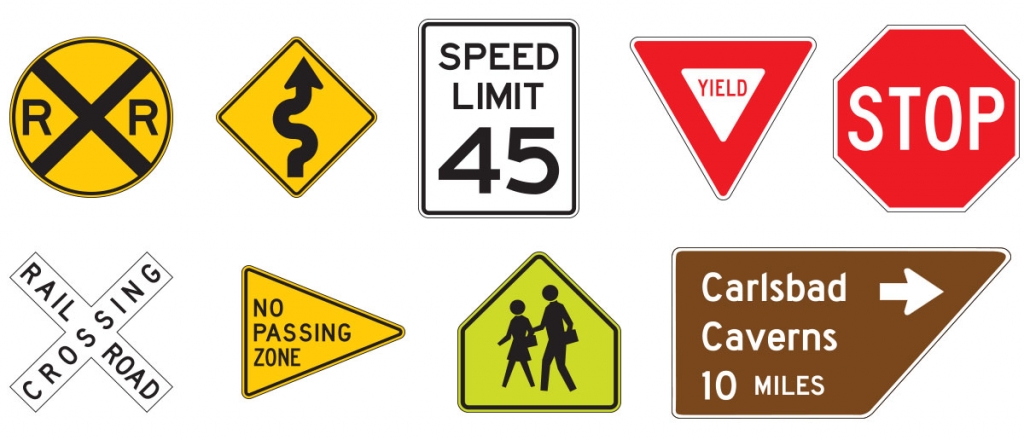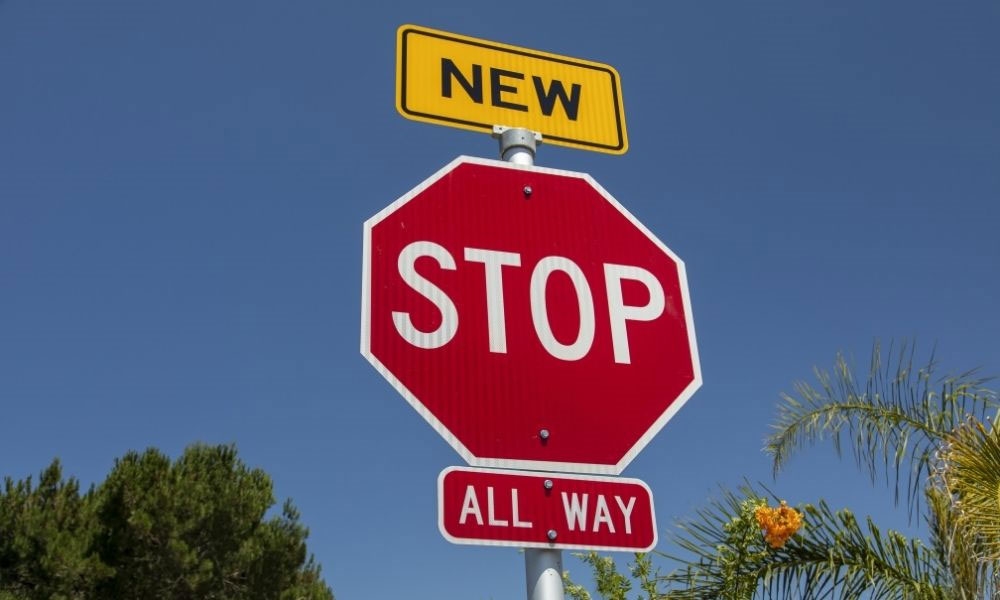Get familiar with what to know before installing roadway signage. Drivers must see signs clearly, understand them, and react in plenty of time. A road is only as good as its signs. Drivers need them for guidance; pedestrians need them for protection. But if a sign is obstructed from view, in the wrong place, or just confusing, it’s worse than not having one at all. Get familiar with what to know before installing roadway signage...

Welcome to the Custom Product News Feed
The CPC Newsfeed includes industry and safety news, product features, new products and product videos.
Newsfeed Topics
In depth articles on MUTCD compliancy, low cost safety measures, explanation of products, product introductions and overviews, industry insights and more.

What Do Different Traffic Sign Shapes Mean?
Recognizing what different traffic sign shapes mean can be the difference between life and death. Here are the nine basic shapes lining roads today. Traffic existed long before traffic signs did, as more cars on American roads started heading in different directions at different speeds. In the early 1900s, drivers navigated by looking for colored bands wrapped around poles, and in 1915, Detroit installed the first black-and-white stop sign. But in low visibility conditions, these signs just didn’t do the job. As cars entered the mainstream, the potential for accidents became more alarming. By the 1920s, automobile organizations agreed that traffic control signs needed to be standardized so that drivers from anywhere could understand them. Shapes could instantly communicate in any language. Even if you hadn’t passed a test on what different traffic sign shapes meant, you soon realized that smoother curves were used for friendlier messages, while the...



